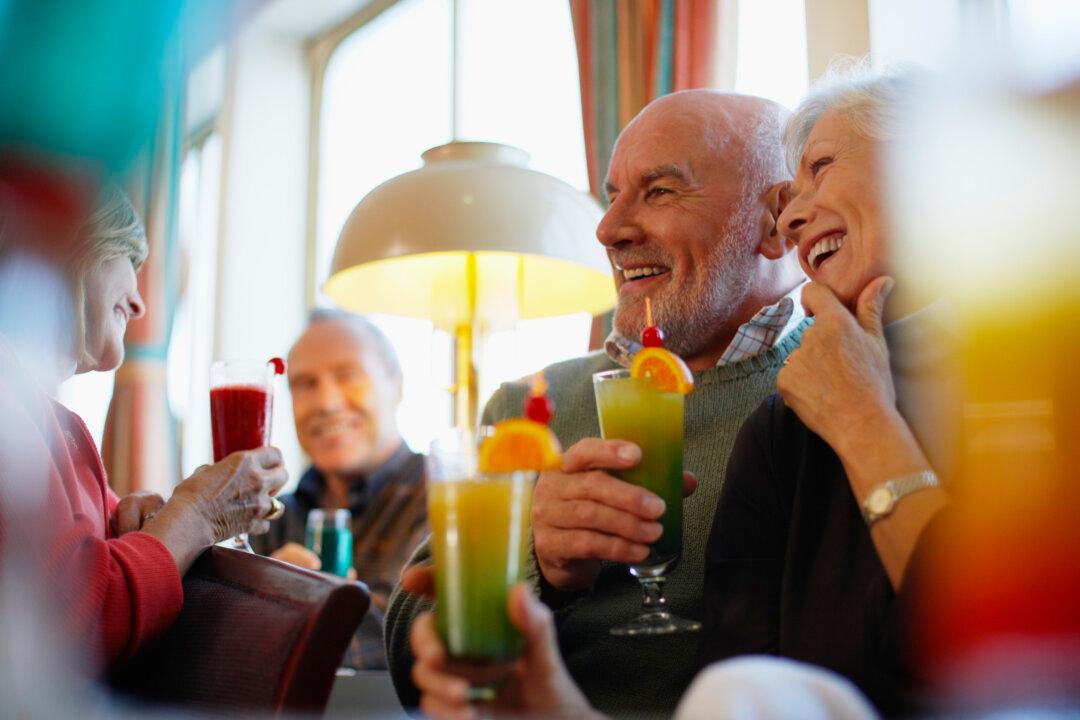In science there is a concept called the “survivorship bias.” It refers to the logical error of concentrating on the people or things that “survived” some process while overlooking those that did not survive because they are hidden. One of the best examples of “survivorship bias” is the class reunion.
Where are the people whose fourth marriage failed? Who lived in their mother’s basement until they were forty … and now live in their sister’s basement? Where are the people who could not afford to jet in for a class reunion and stay at a fancy hotel?
For the most part, people who failed economically, professionally, socially, romantically, or bodily do not show up to class reunions, leaving the impression that everyone did well in life. (Of course there are also those who cannot show up because they are listed in the “in memoriam section” of class handbook.)
Most people want to be Mr. or Ms. Congeniality at the class reunion, but who knew they wouldn’t recognize or remember anyone? Because a third or more of the class has lost their maiden names—and two thirds have lost their waistlines or hairlines (if they are men)--who is who? Sure there are name tags, but who can lean in that close to actually read them without being rude? Certainly that is not what Sheryl Sandberg was proposing in her bestseller “Lean In.”
If you do remember the person or the name, memory seems to serve up the worst identifiers. The girl that ran with the bad crowd? The guy caught cheating on his college entrance exams? The twins whose dad showed up at every sporting event and bullied the other parents?
Then there are the turnarounds. How did the guy you remember as a slacker become a surgeon? The girl you remember as fat get own her own Pilates studio? Is the former drug head really a law enforcement officer?






